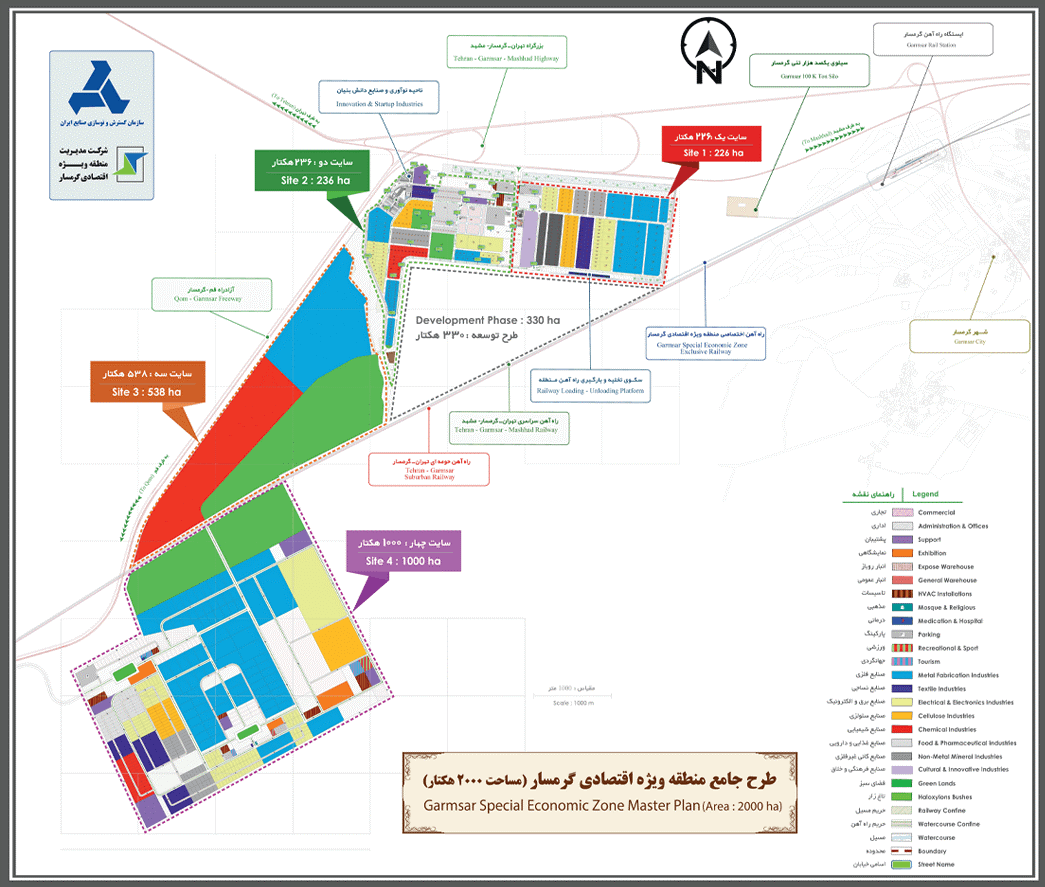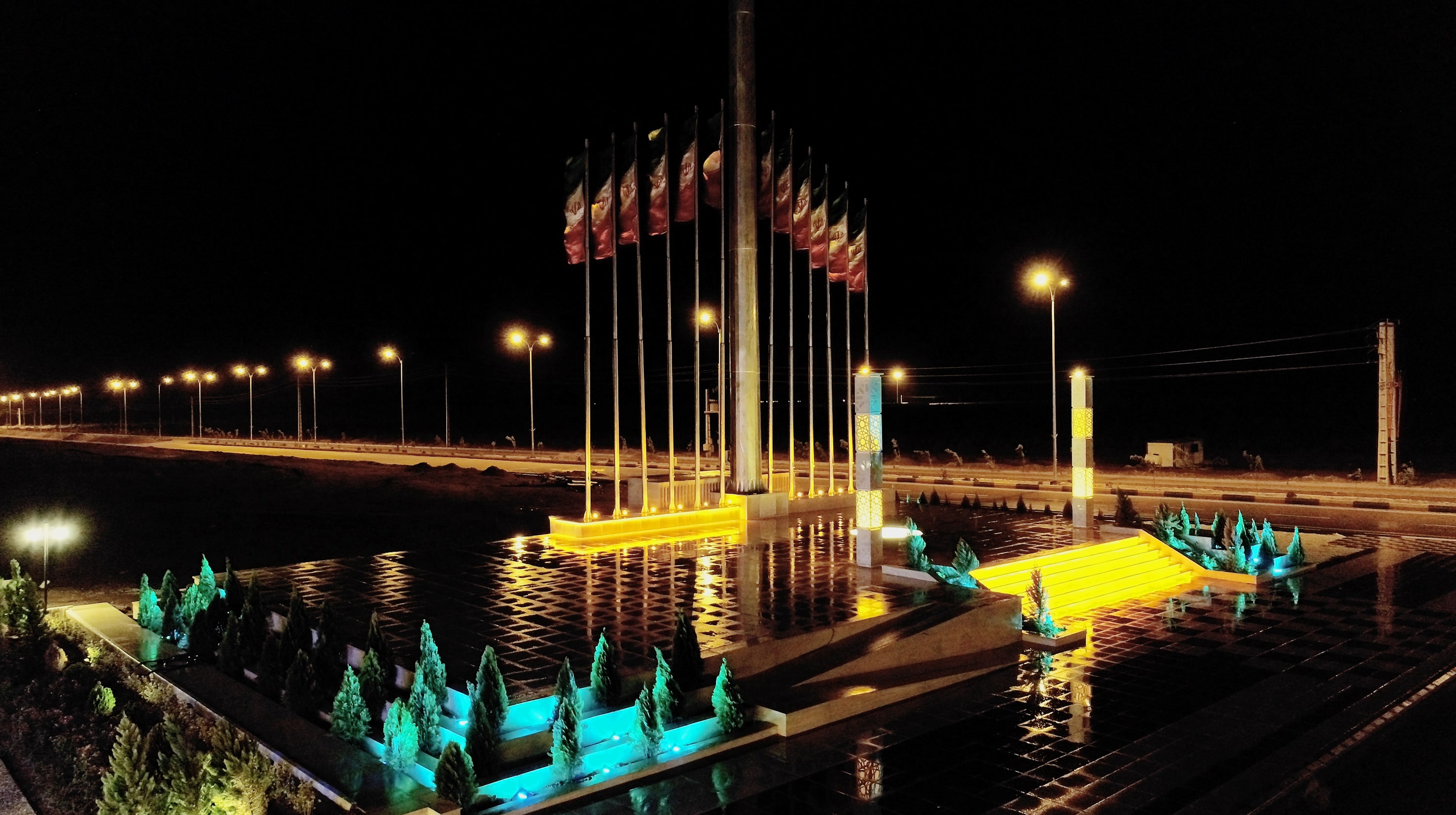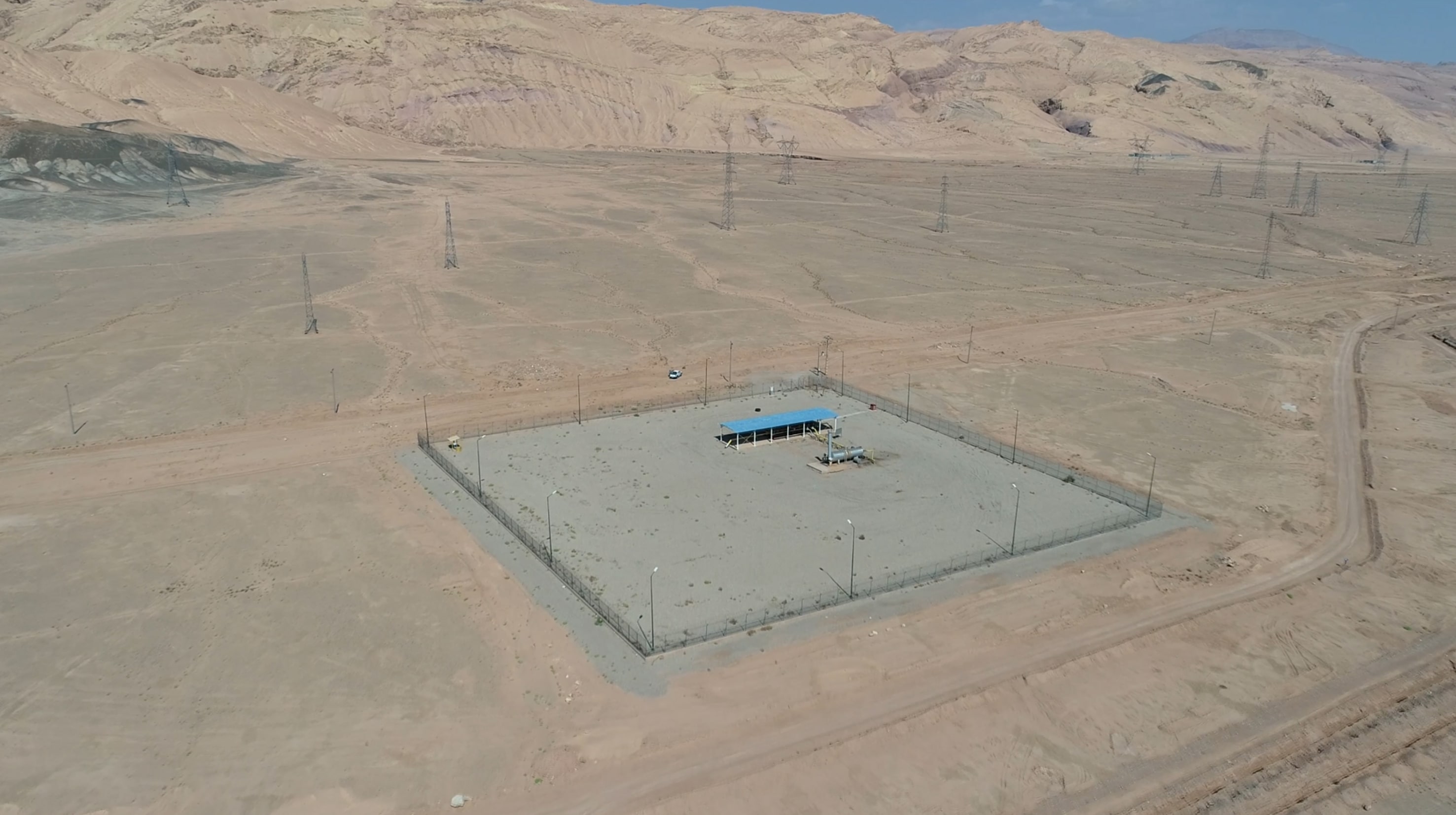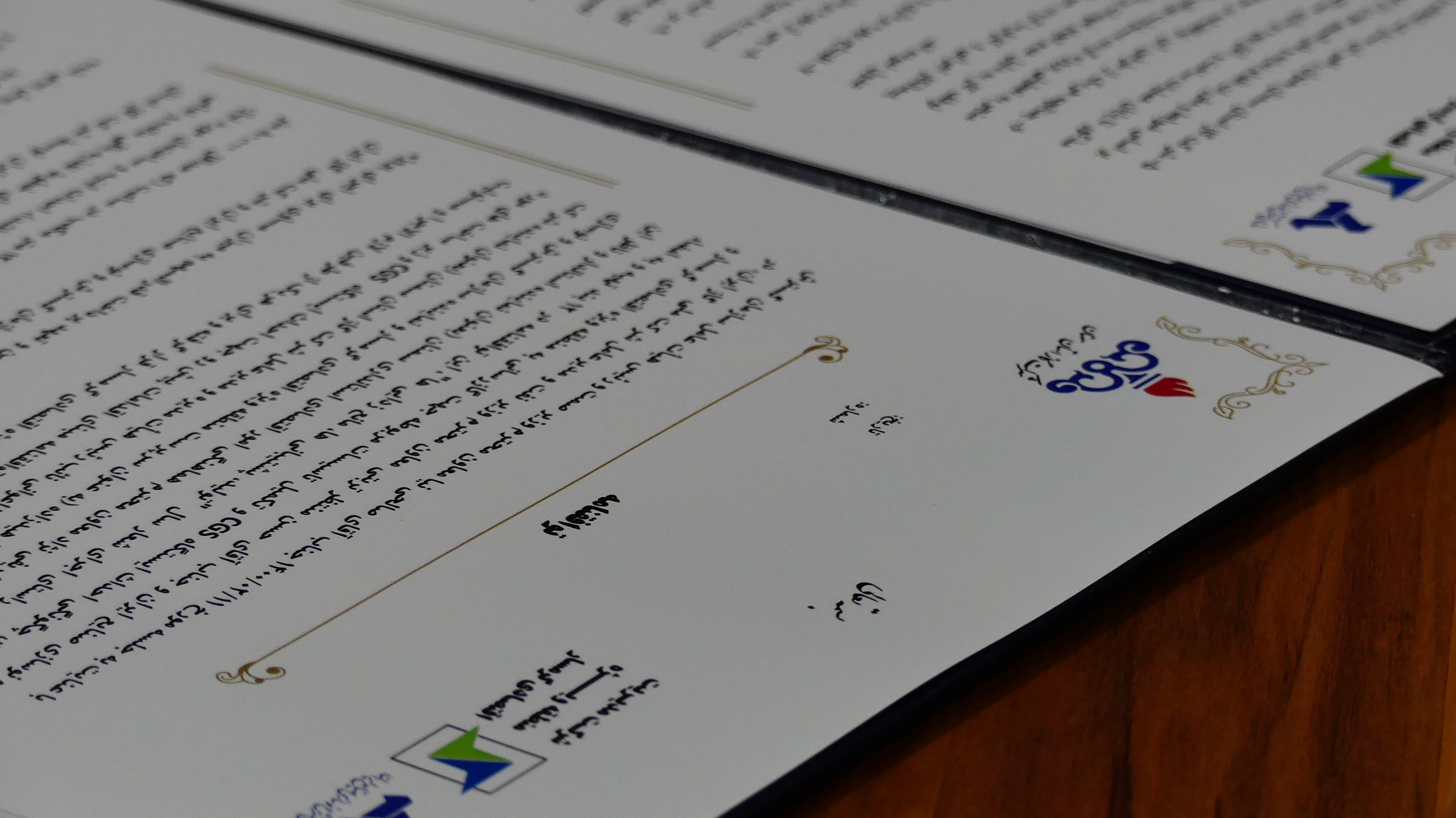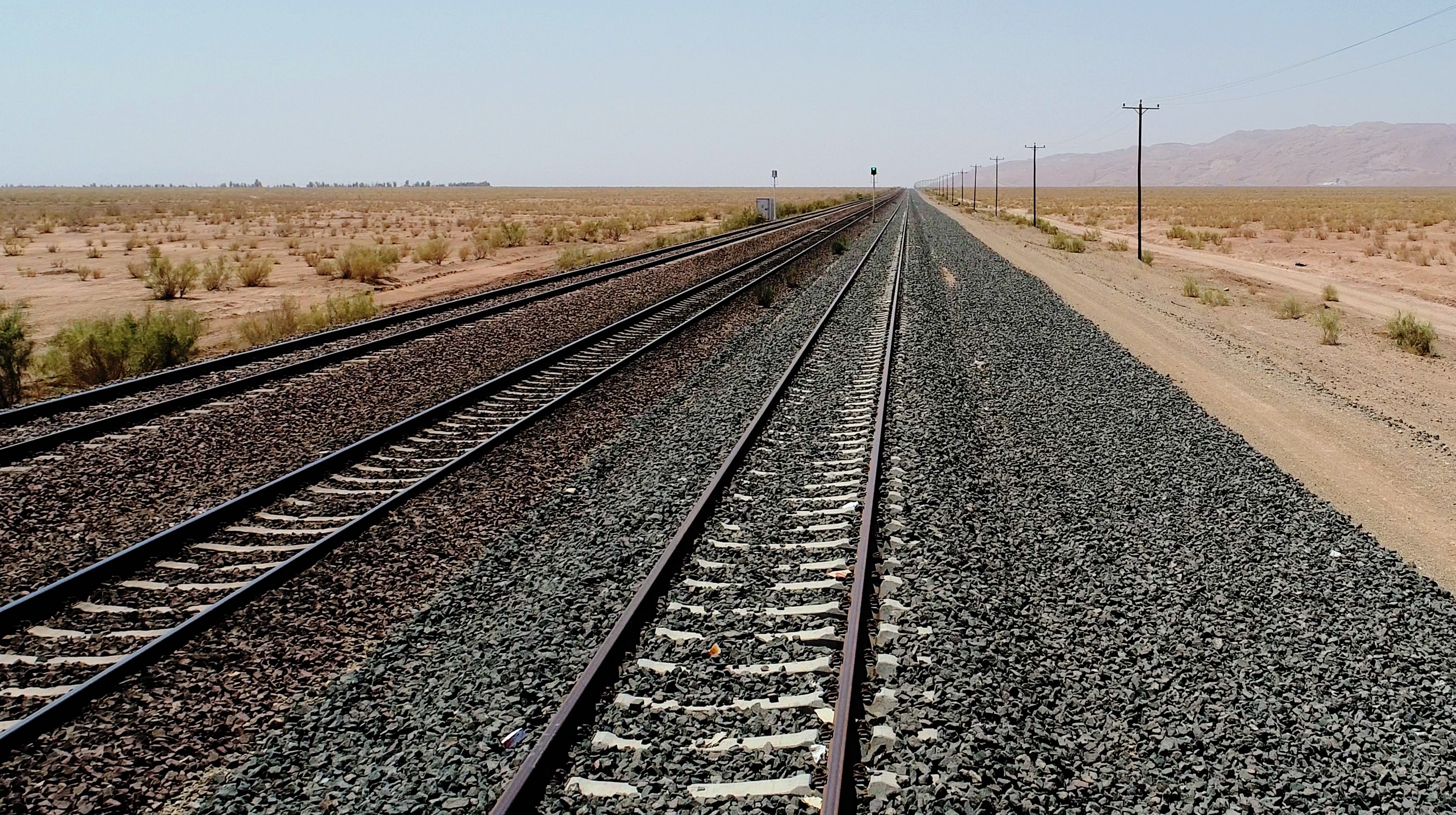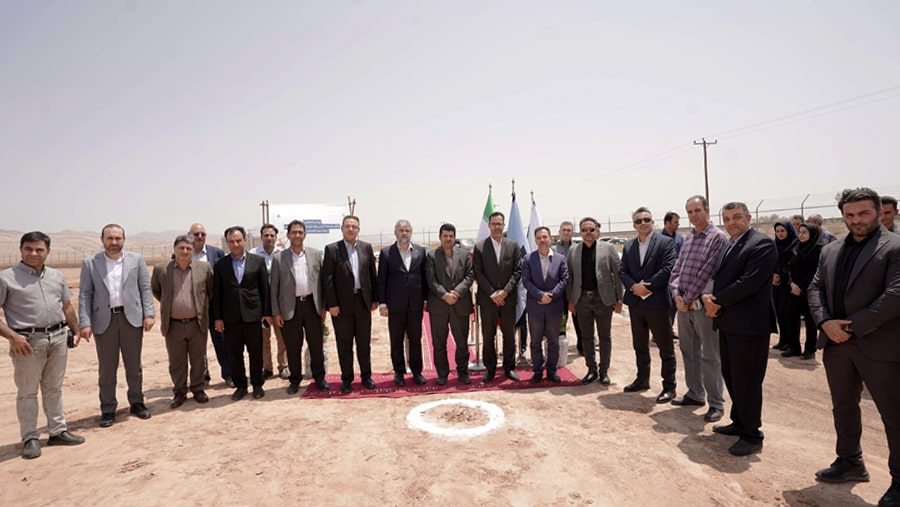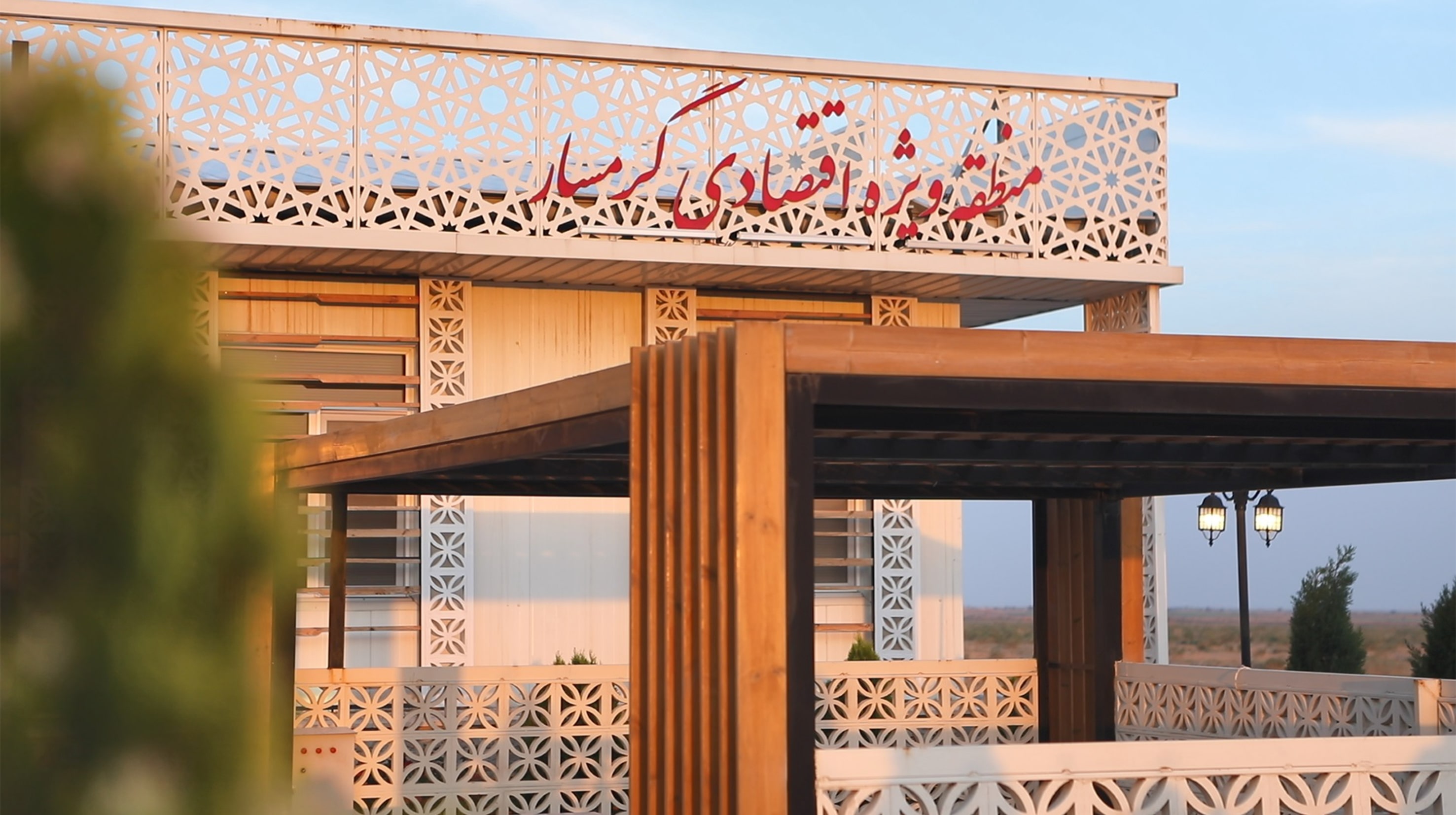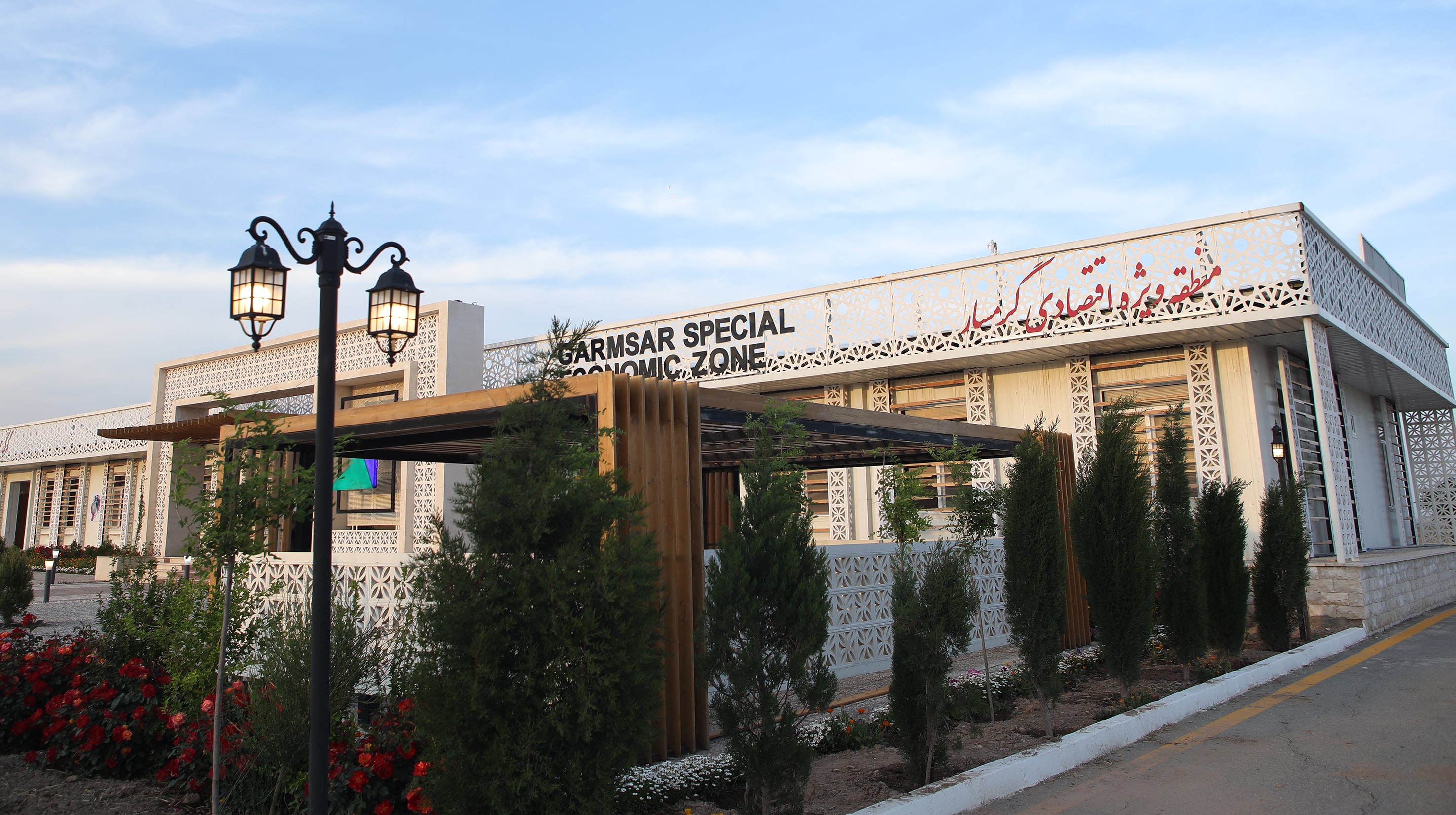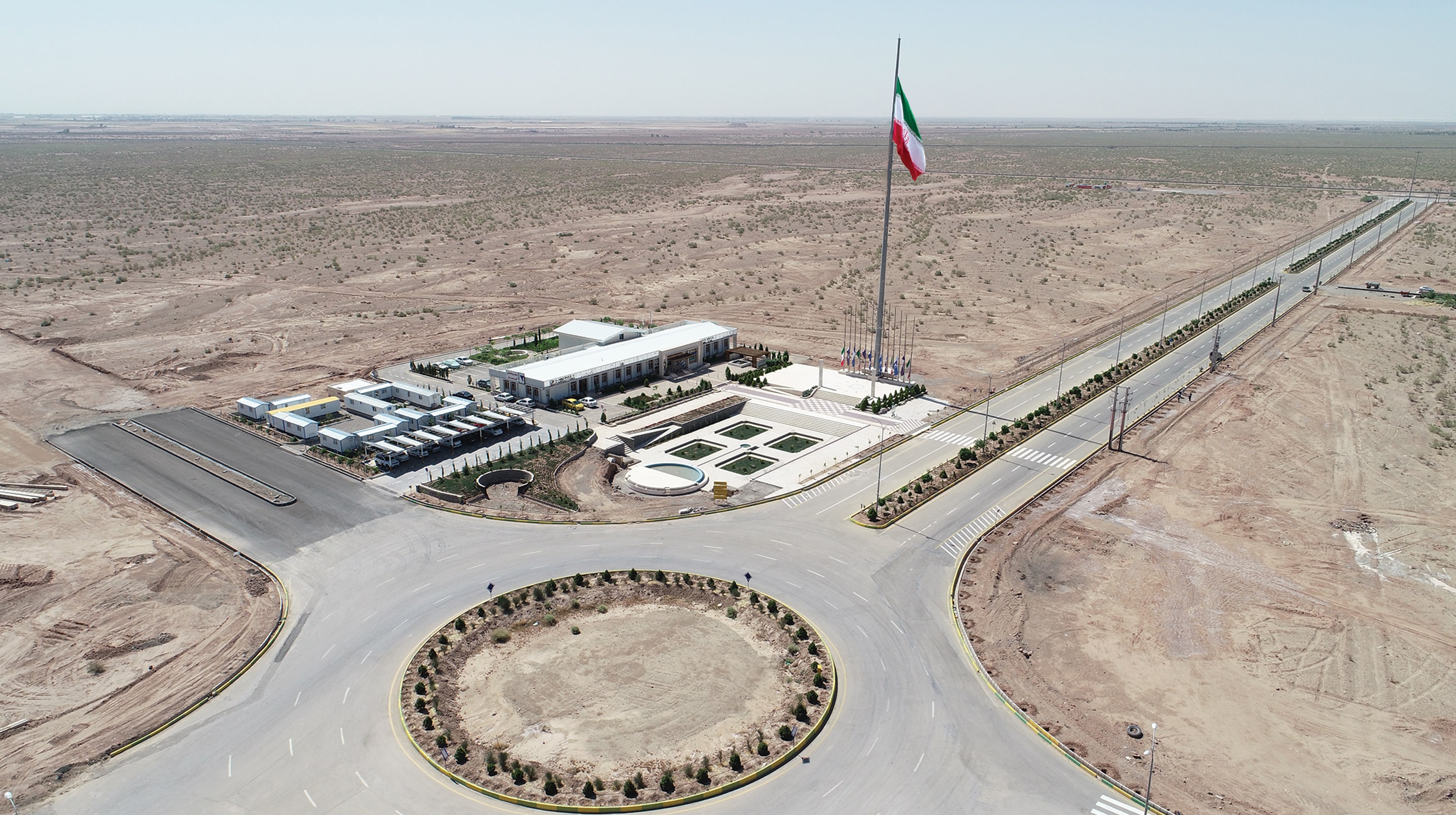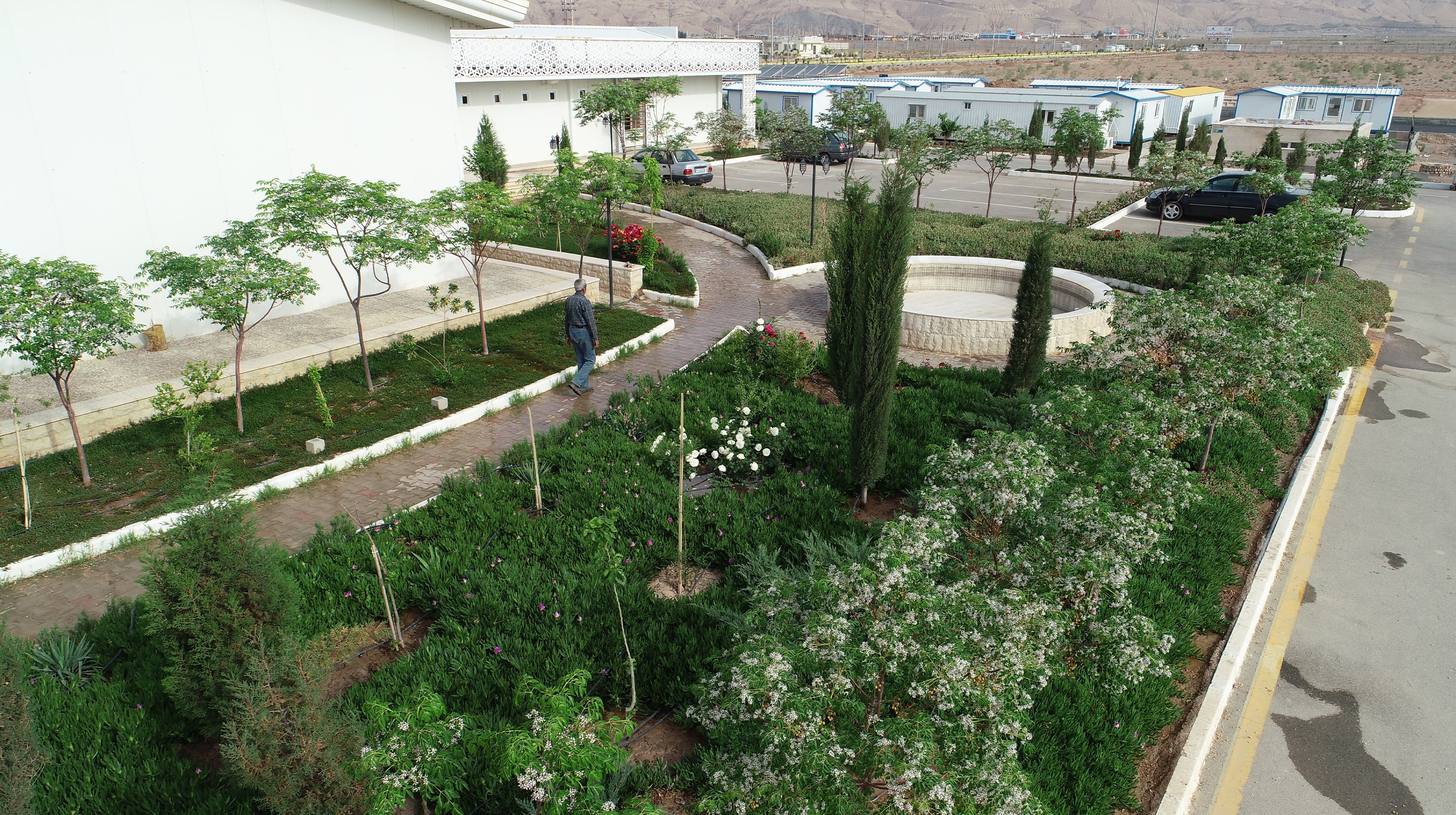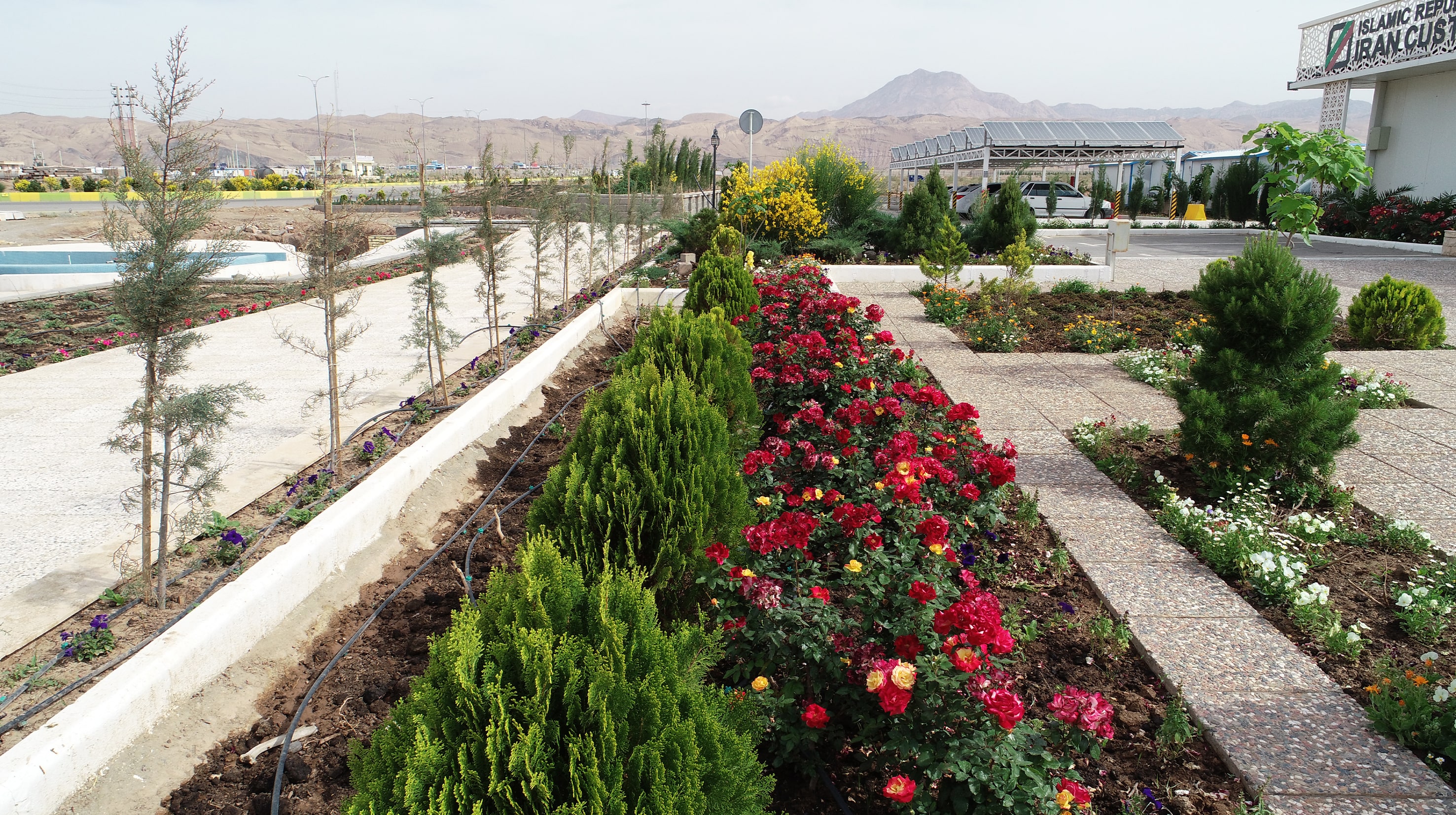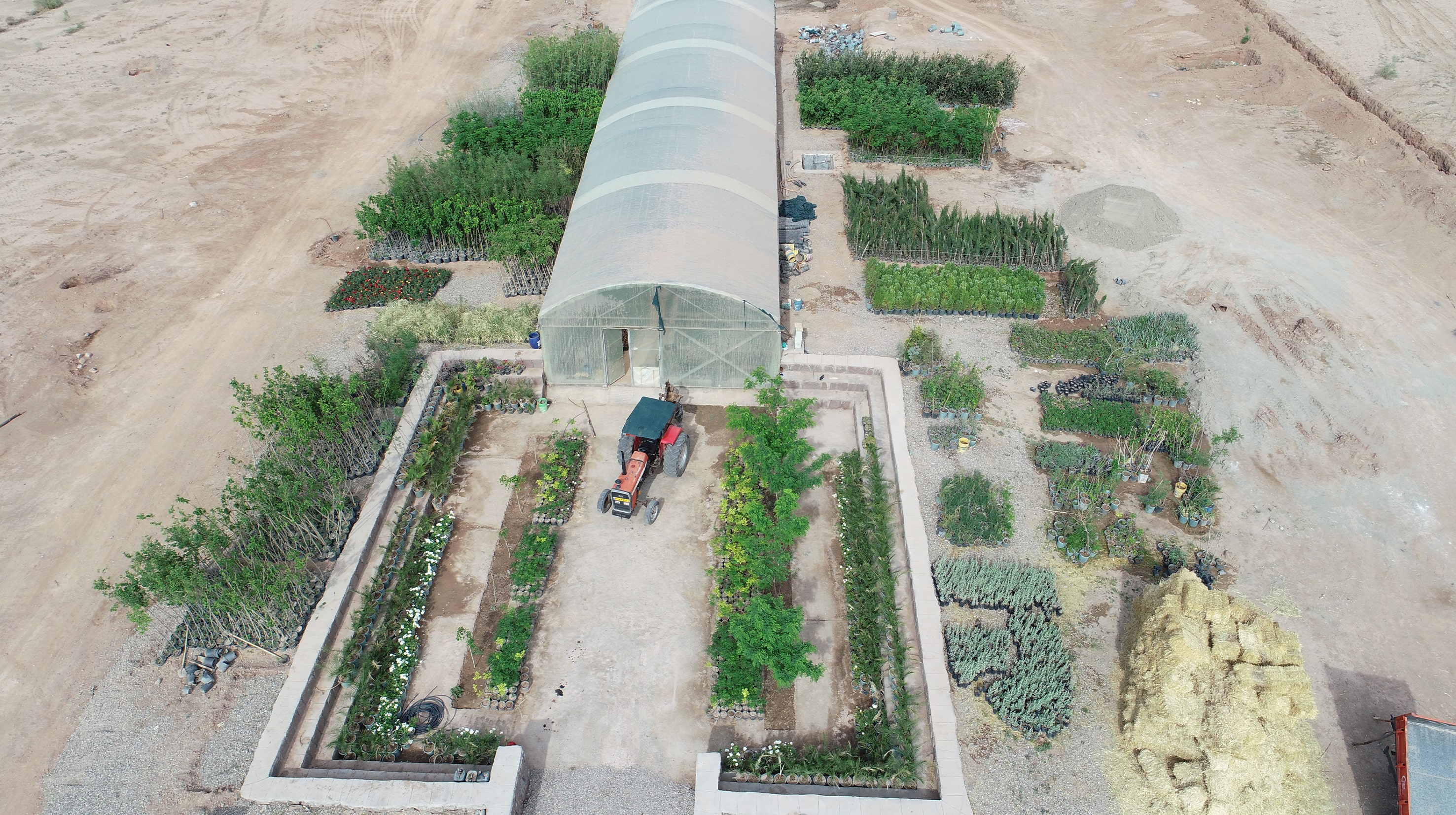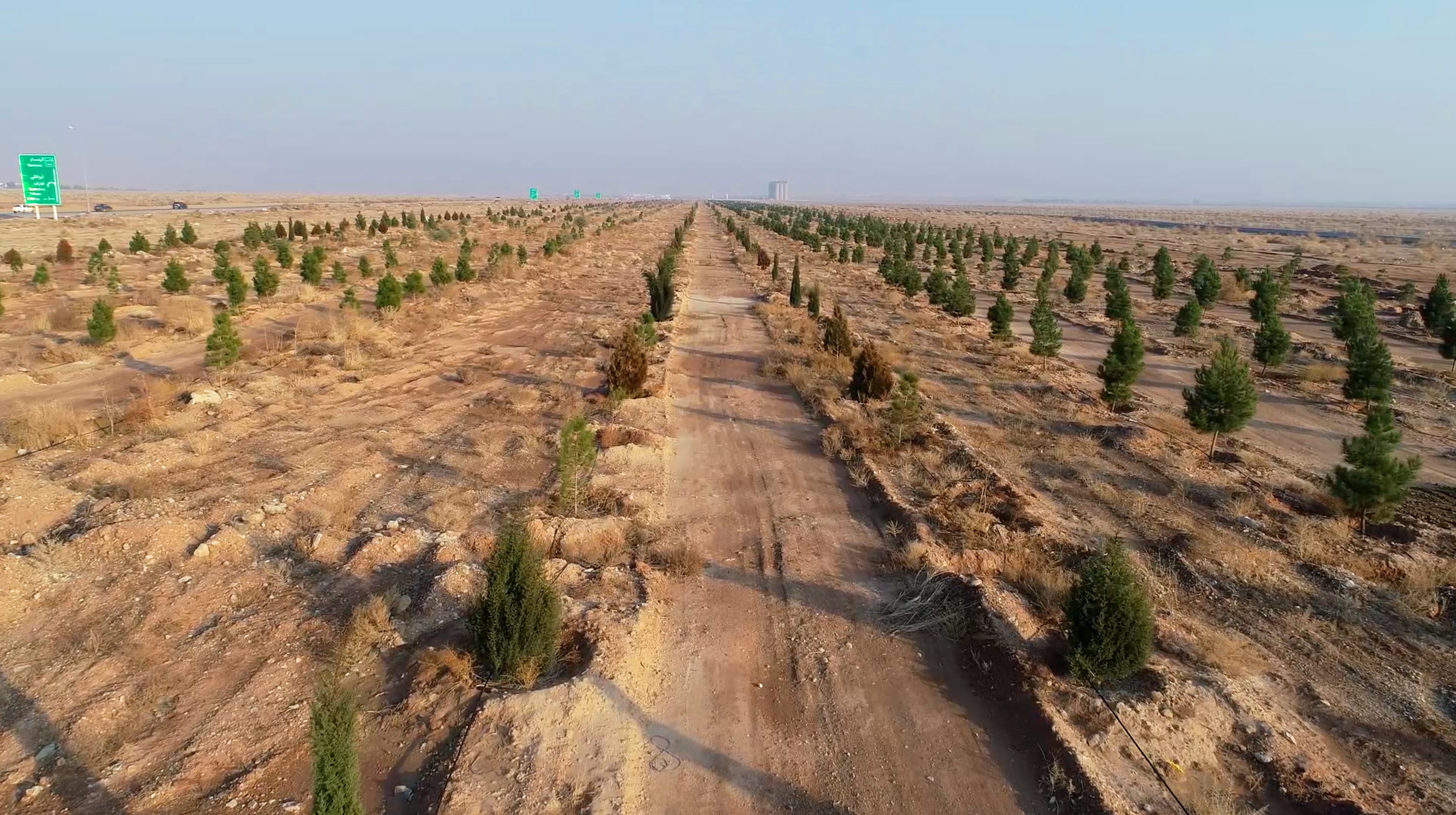Freight Railway:
Given the proximity of the Garmsar Special Economic Zone to the Tehran-Mashhad Railway and Garmsar Station, a permit to connect to the national railway via a dedicated rail antenna with a length of 4.3 km from the Garmsar Station to the Garmsar Special Economic Zone has been obtained from the Islamic Republic of Iran Railway Company.
The ceremony to start the construction of the aforementioned rail was held on 2024 July 6 , Saturday, in the presence of the Honorable Deputy for Coordination of Economic Affairs of the Semnan Governorate, the Honorable Governor of Garmsar County, Honorable Member of the Board of Directors and Deputy Director of Renovation and Implementation of Industrial Projects of IDRO, and the Honorable Director General of Tehran Provincial Railways, and it is expected that it will be fully operational within 14 months.
Passenger railway:
One of the advantages of the Garmsar Special Economic Zone is its proximity to the Tehran-Garmsar-Firouzkoh suburban train route, which was built right next to the Tehran-Garmsar national railway track.
This railway line, which currently takes passengers from Tehran railway station, passes through Ray, Bahram (currently inactive), Qarchak, Bagherabad, Varamin, Peshwa and finally Imamzadeh stations, and reaches Garmsar in 90 minutes.
One of the plans of the region is to use the capacity of these suburban trains for the transportation of human resources required by industrial units from Tehran and surrounding cities, by building a dedicated passenger station, and negotiations related to this action have started with the Islamic Republic of Iran Railway Company.



 Amirkabir University of Technology
Amirkabir University of Technology

 Garmsar Campus, Amirkabir University of Technology
Garmsar Campus, Amirkabir University of Technology 
 Advanced Space and Transportation Technology Development Headquarters
Advanced Space and Transportation Technology Development Headquarters

 Faculty of Islamic Studies and Economics, Imam Sadegh University
Faculty of Islamic Studies and Economics, Imam Sadegh University

 Semnan University of Medical Sciences and Health Services
Semnan University of Medical Sciences and Health Services

 University of Tehran Science and Technology Park
University of Tehran Science and Technology Park

 East High Airport (Ivanki)
East High Airport (Ivanki)

 Semnan Science and Technology Park
Semnan Science and Technology Park


